
Smarter email, faster business.
Trending
Dassault Aviation and Reliance Group to Manufacture Falcon 2000 Jets in India
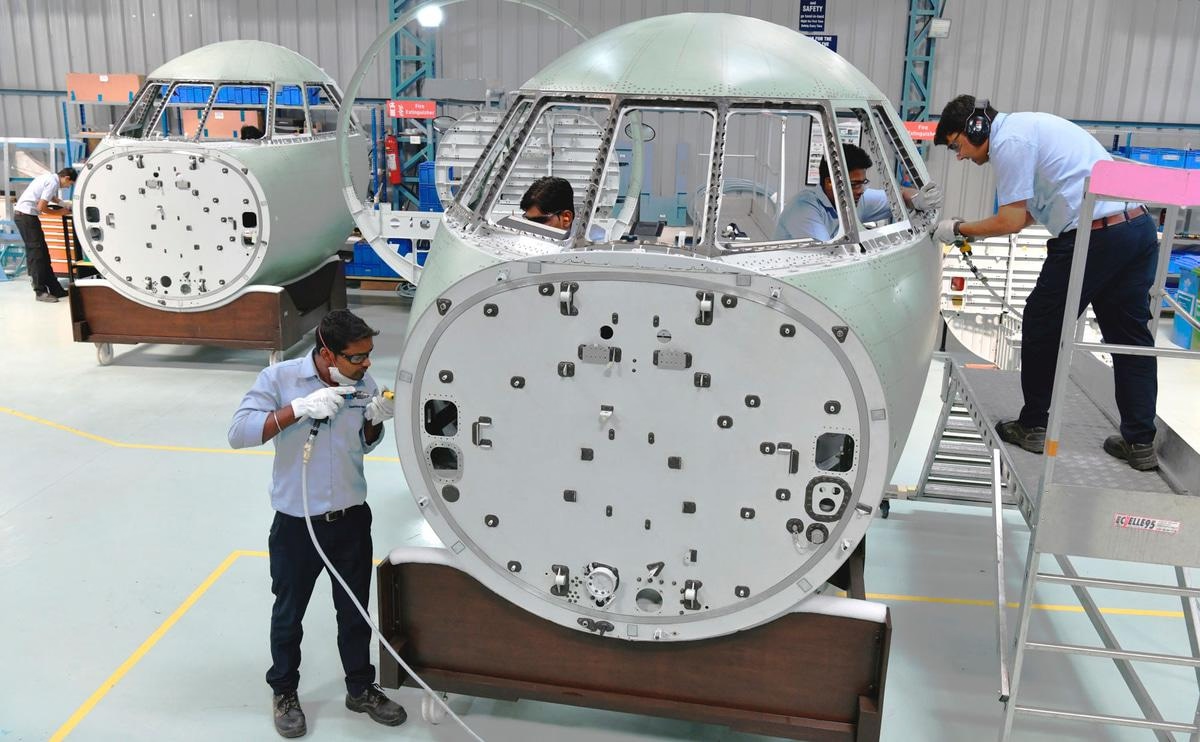
Dassault Aviation and Reliance Group to Manufacture Falcon 2000 Jets in India
Dassault Aviation has entered into a landmark partnership with Reliance Infrastructure Ltd’s subsidiary, Reliance Aerostructure Limited (RAL), to manufacture Falcon 2000 LXS business jets in India for the global market. Announced at the Paris Air Show, this agreement marks the first occasion Dassault will produce Falcon 2000 jets outside France, positioning India as a strategic hub within the global aviation industry.
Establishing a Centre of Excellence in India
The new assembly line will be set up at Dassault Reliance Aerospace Limited (DRAL) in MIHAN, Nagpur, Maharashtra. This facility will become the first Centre of Excellence (CoE) for Falcon business jets outside France, supporting not only the Falcon 2000 but also future programs such as the Falcon 6X and Falcon 8X. Eric Trappier, Chairman and CEO of Dassault Aviation, highlighted the significance of the agreement, stating that it underscores the company’s commitment to the ‘Make in India’ initiative and reflects a strategic vision shared with Reliance. He emphasized that the development of DRAL is a testament to Dassault’s confidence in India’s role as a major partner in the global aerospace supply chain.
Anil D. Ambani, Founder Chairman of Reliance Group, underscored the collaboration’s alignment with Prime Minister Narendra Modi’s vision of ‘Atmanirbhar Bharat’ (Self-Reliant India) and ‘Make in India for the World’. He described the partnership as a defining moment for India’s aviation industry and the Reliance Group, one that will help position the country as a key player in the global aerospace value chain.
Advancing India’s Aerospace Manufacturing Capabilities
The project involves transferring full fuselage and wing assembly operations to India, accompanied by significant upgrades to the DRAL facility. The first “Made in India” Falcon 2000 jet is expected to take flight from the Nagpur facility by 2028. This initiative not only enhances India’s aerospace manufacturing capabilities but also integrates the country more deeply into the global aviation supply chain.
Despite the promising outlook, the initiative faces several challenges. Dassault Aviation and Reliance Group must navigate India’s complex regulatory environment, ensure efficient supply chain logistics, and adapt to local manufacturing standards. Overcoming these obstacles will be critical to achieving timely and efficient production.
Market response to the announcement has been largely positive, with industry experts noting the potential for increased investment, job creation, and technology transfer. India’s emergence as a manufacturer of executive business jets places it alongside established producers such as the United States, France, Canada, and Brazil. The move is also expected to intensify competition among global aerospace firms seeking contracts in India, as the country’s defense and commercial aviation sectors continue to expand.
With the transfer of key assembly operations and the establishment of a Centre of Excellence, the Dassault-Reliance partnership represents a significant advancement for India’s aerospace ambitions and its growing role in the global aviation industry.
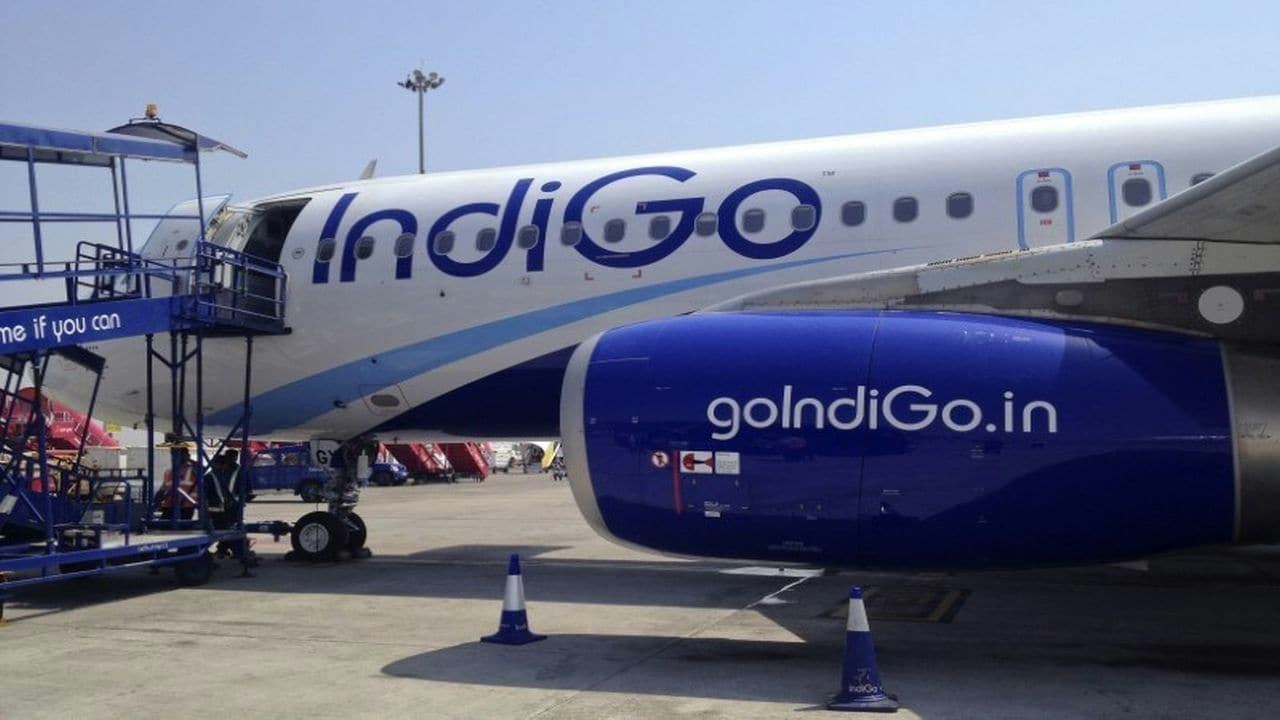
Indigo Airbus A320neo Makes Emergency Landing After Engine Failure
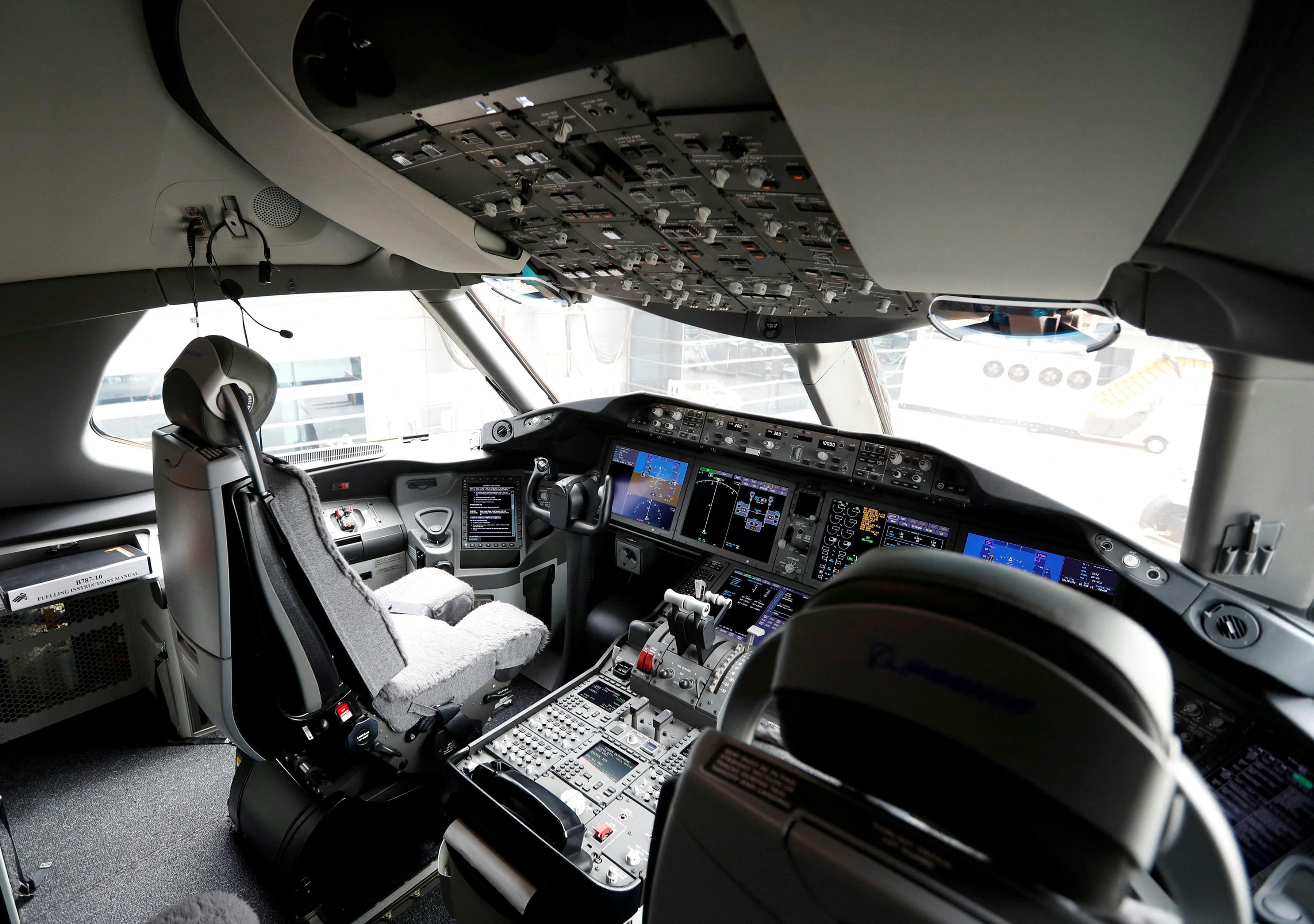
US Expert: Boeing 787 Experienced Fuel Switch Cut-Off in 2019; Japanese Pilots Did Not Intervene
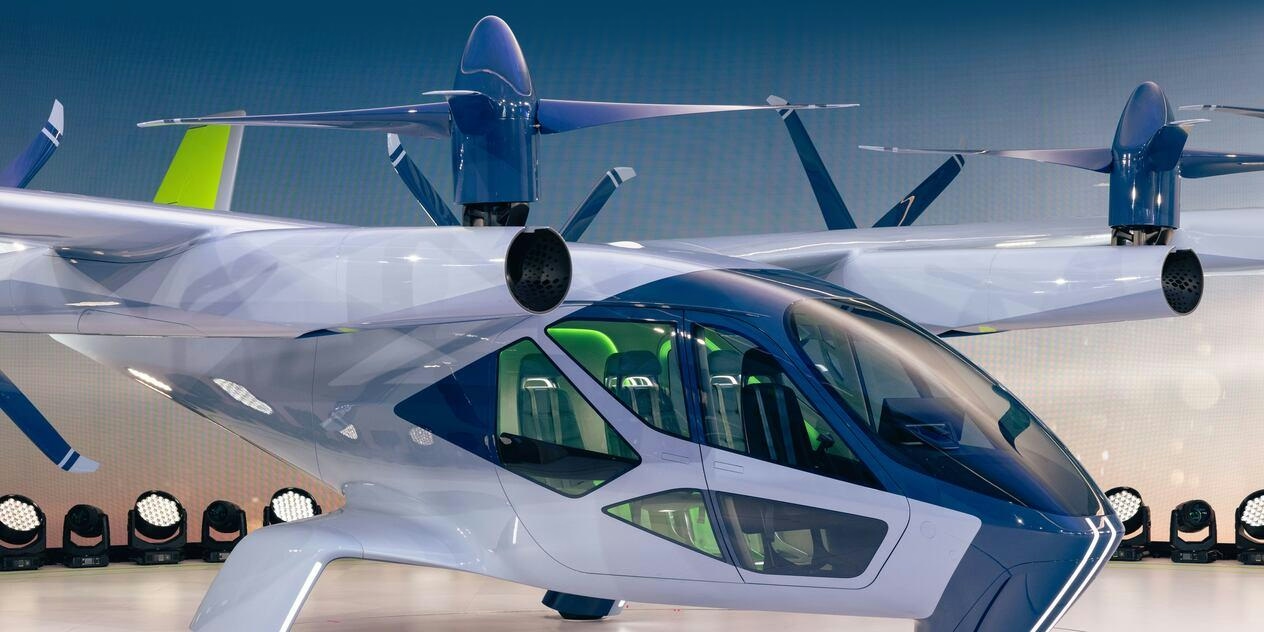
Hyundai’s Supernal Startup Lays Off 53 Employees in California Amid Shift to Flying Taxi Production
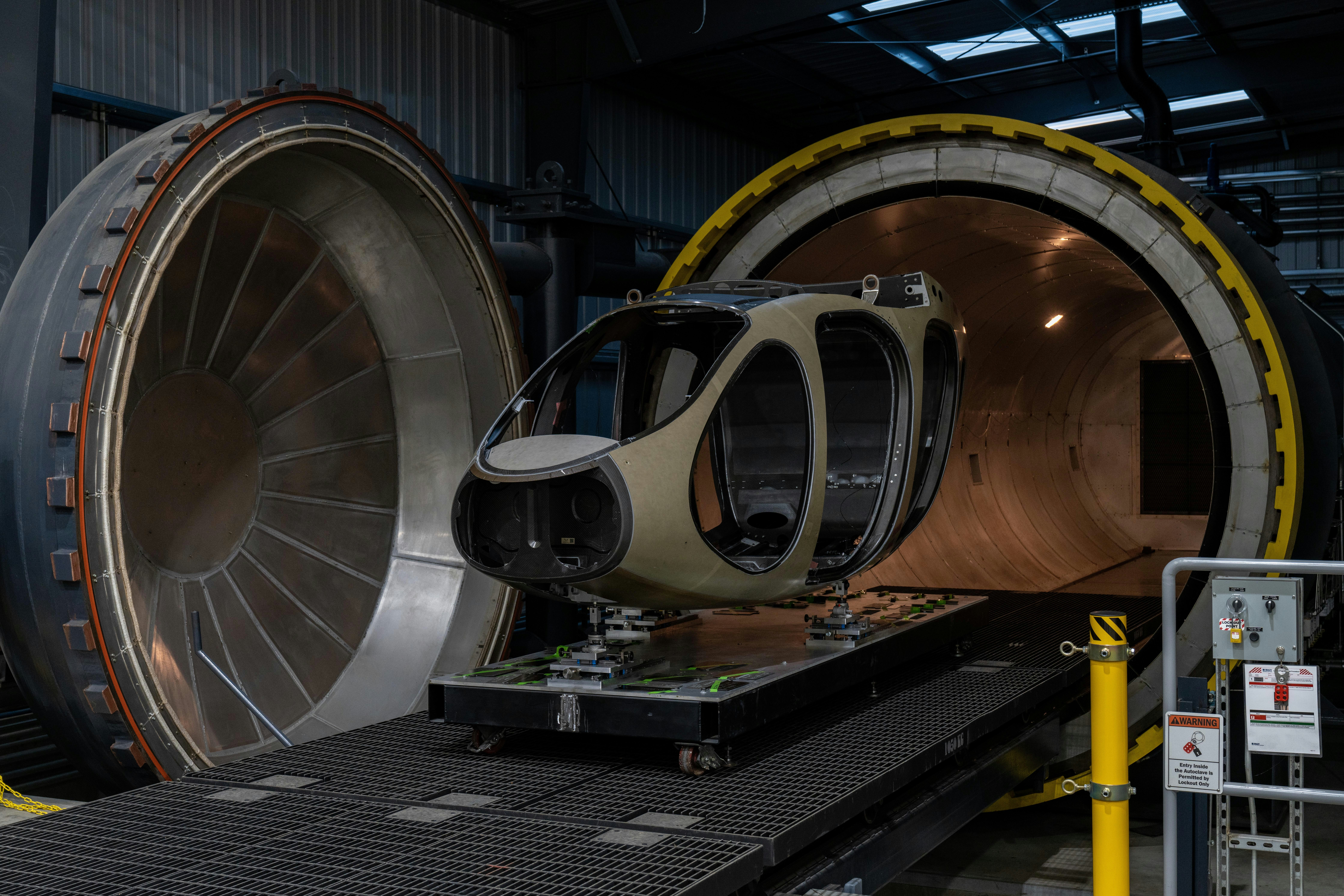
Joby Aviation Expands Marina Facility for Air Taxi Production
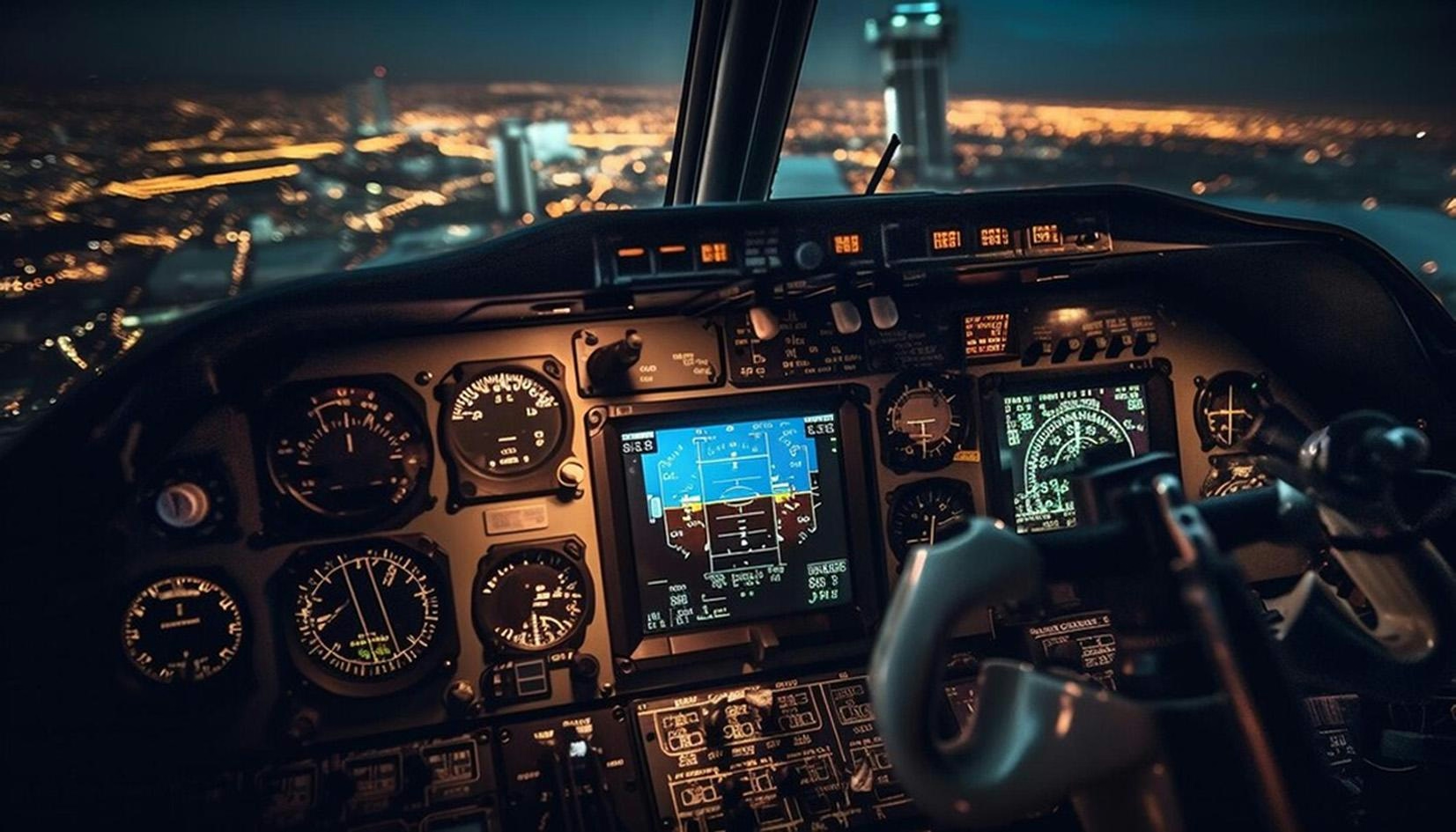
Aviation Mission Computer Market Projected to Reach $5.67 Billion by 2031
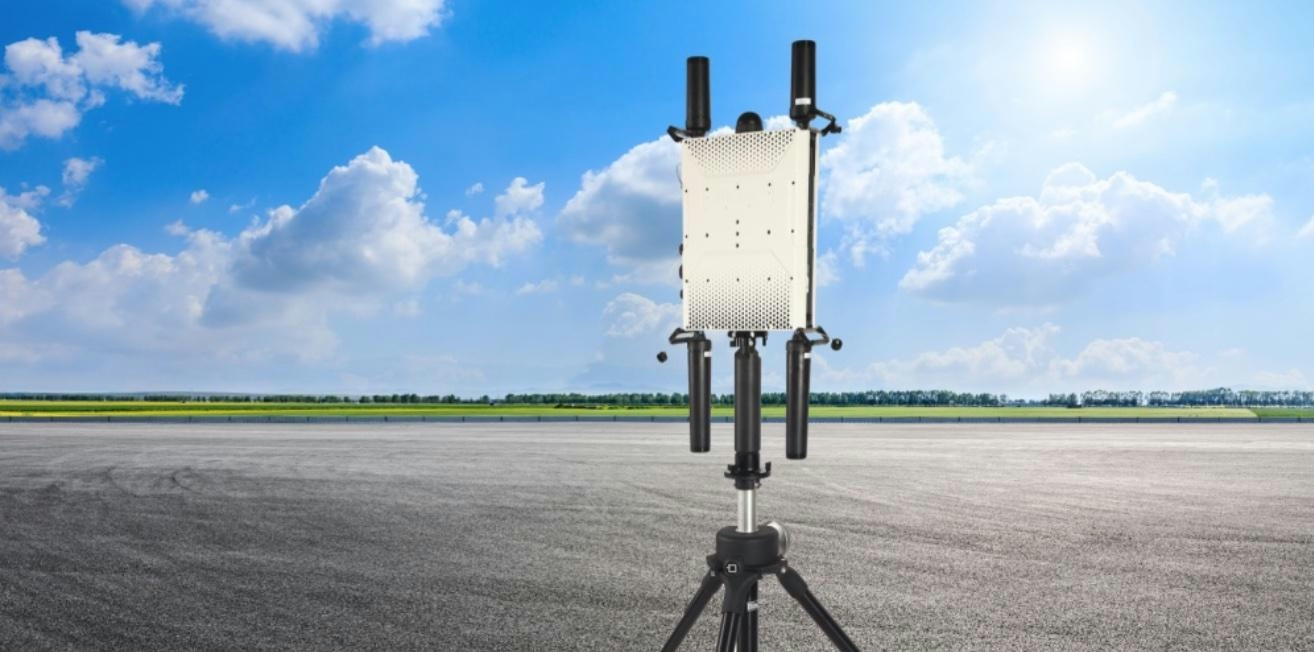
Swift Engineering Secures Phase II NASA SBIR Award for SULE UAS Platform
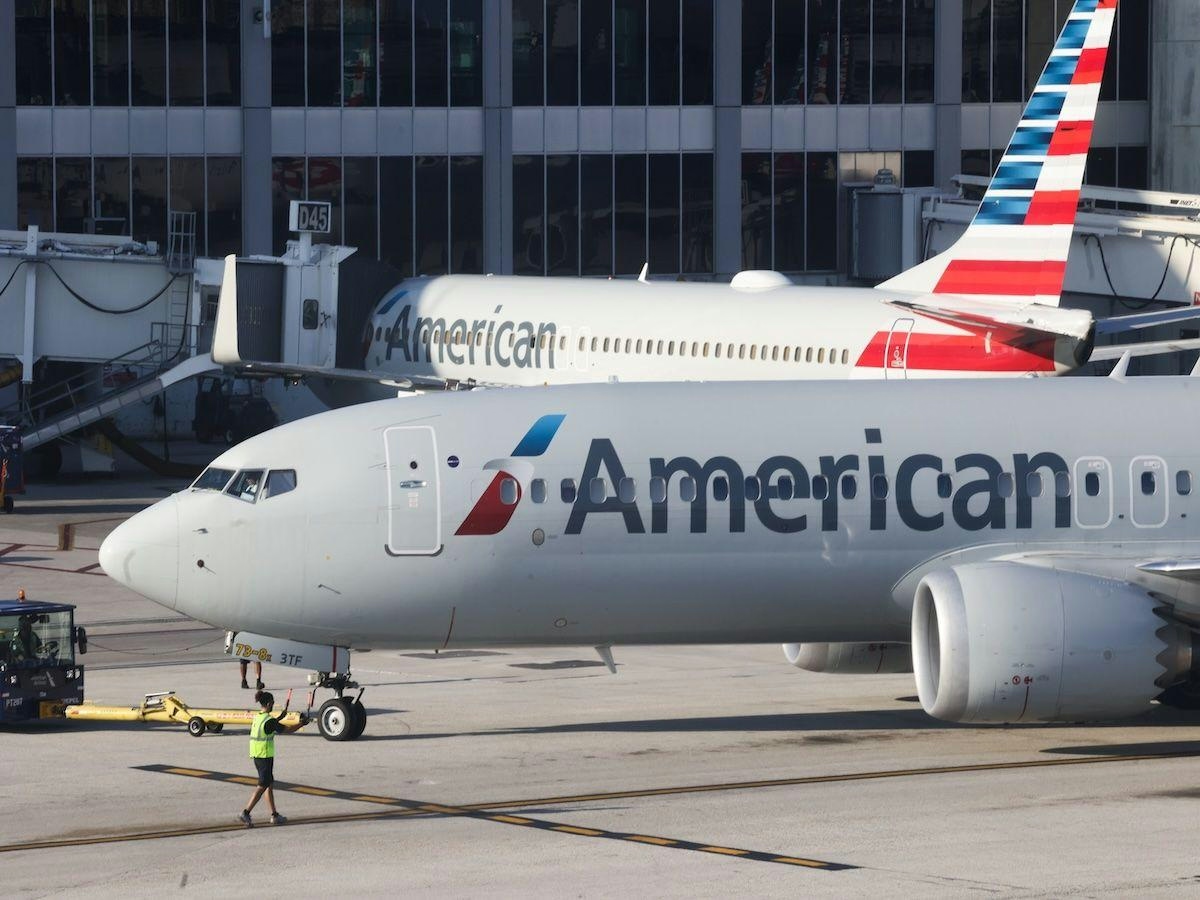
Aircraft Door Market Projected to Reach $1.8 Billion by 2032 Amid Commercial Aviation Growth
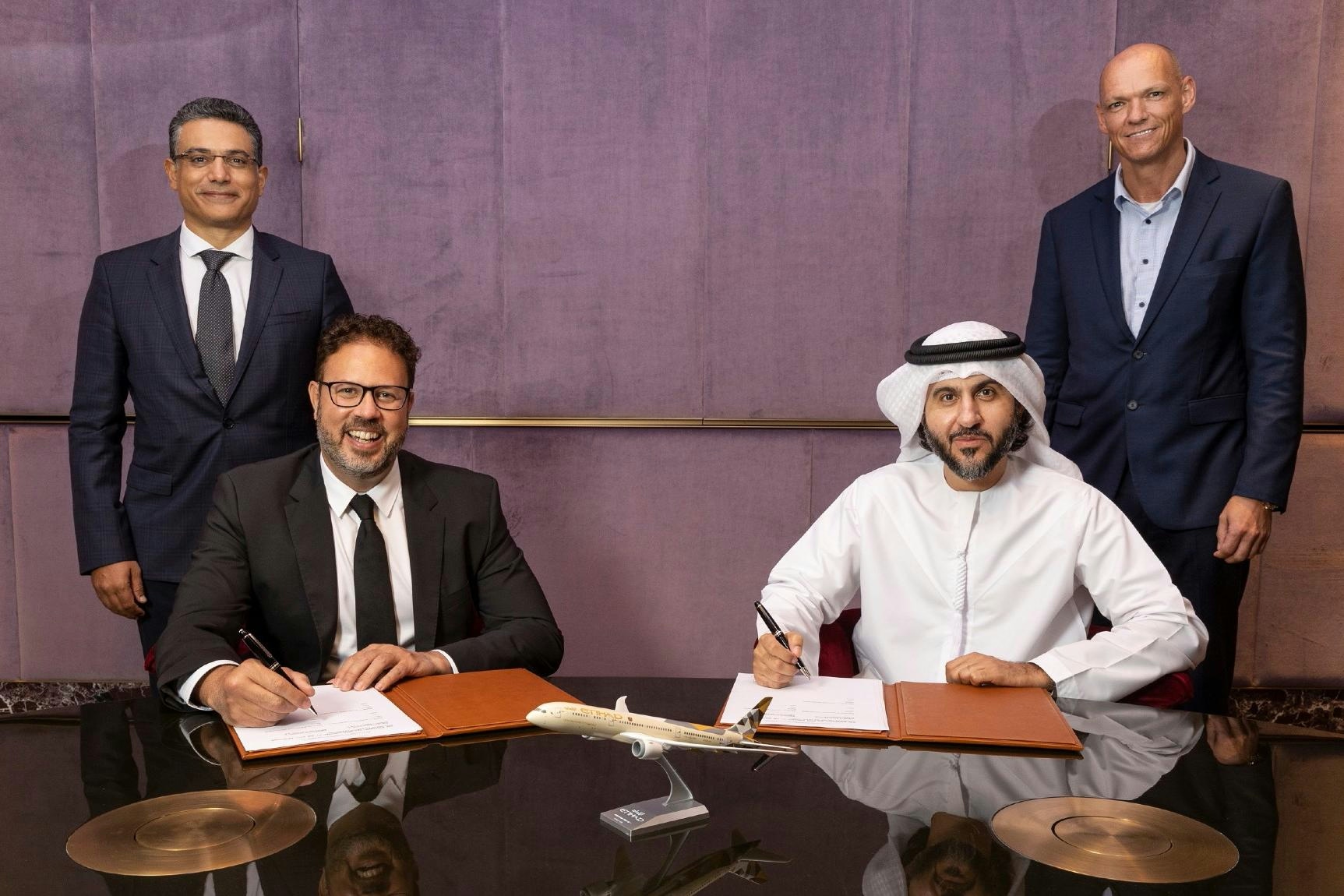
Saudia Advances Aviation Digital Transformation with New Order System Powered by Amadeus

AI's Impact on the Aviation Industry in 2025
